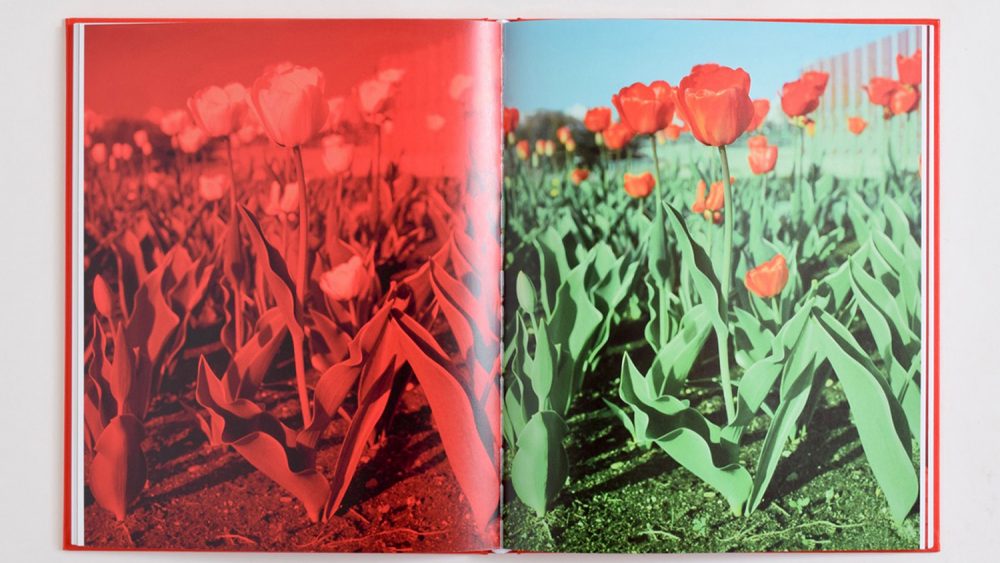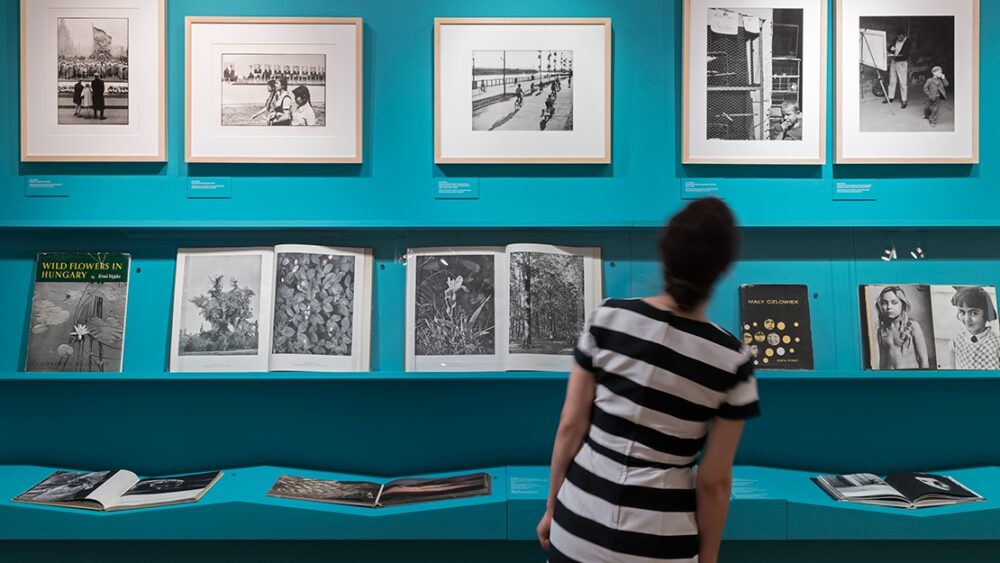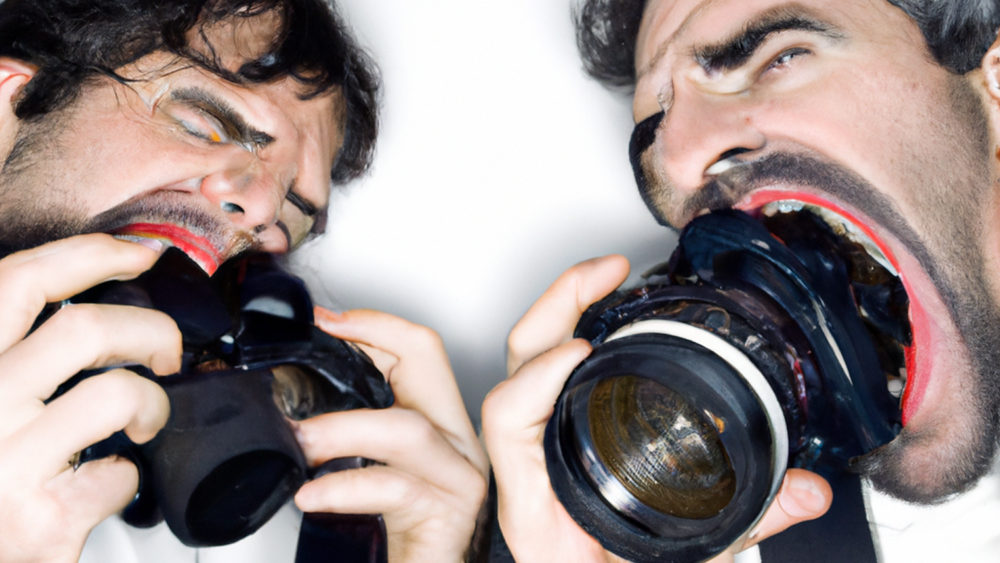FK asks – What kind of photography gets noticed?
Kārlis Bergs:
In my opinion, there are many different trends. The time when one thing got noticed is gone. You have to choose what really speaks to you and work on it. From photojournalism to obscure installations, today you can do anything and everyone has the opportunity to find their own way.
Maija Savolainen:
Well, I get interested in projects that have a distinctive, strong visuality, whether it is traditional or new stylewise. I guess I want to say that I think a good project is always something that is carefully and skillfully made no matter what the stylistic decisions or contents are. Or actually, (you maybe read between the lines) to be honest, I have no clue about latest trends.
Visvaldas Morkevičius:
In my opinion following trends is not the best way. I believe that things created with passion, interest and sincerity are more important and get noticed more than the trendy choice. So I would recommend falling into a project with all your passion.
Rafał Milach:
There is a distinction between being visible and getting noticed, in my opinion. The problem we try to emphasise in our work makes the work visible, getting an award for such work gets the work noticed. It’s obvious but still worth underlining that awards or fame should never be ultimate goals but rather side effects of the work we do. There is also a difference between institutional and individual attention, however the first one very often influences the reception by the second one. Let me refer to the individual one. The photography I find interesting has to tell a story and has to have a strong concept. I want to know why the artist wants to communicate something to me. I like works that respond to the contemporary context of our times, political, social, cultural, ecological you name it. I’m not fond of fetishisation of the medium itself. Experimentation is great but it has to serve communication, otherwise it becomes a formal empty shell. Whenever I look at images, I always try to ask myself the question: do they change anything inside me or twist my perspective of understanding or seeing things? If the answer is positive such photography attracts my attention.
Julia Borissova:
Honestly, I’m not a big fan of photography. I use pictures (mine or found) only to create my own stories. The photo for me is not the result, it is just the beginning of the work. From my recent impressions I can name artist Joana Vasconcelos, who makes giant installations and site-specific art. I can be mistaken about the trends, but I myself find interested in works that are born from the interaction of science and art and exist at the junction of installation, performance and found materials.
Peter Puklus:
As Eminem shouts “…and this is the way I am, whatever you say I am…” meaning to dare to stand for yourself and to represent your own story regardless of your background, style or personality – which is in most cases easier to say than to do, but to mimic a zeitgeisty trend is a dead-end road.
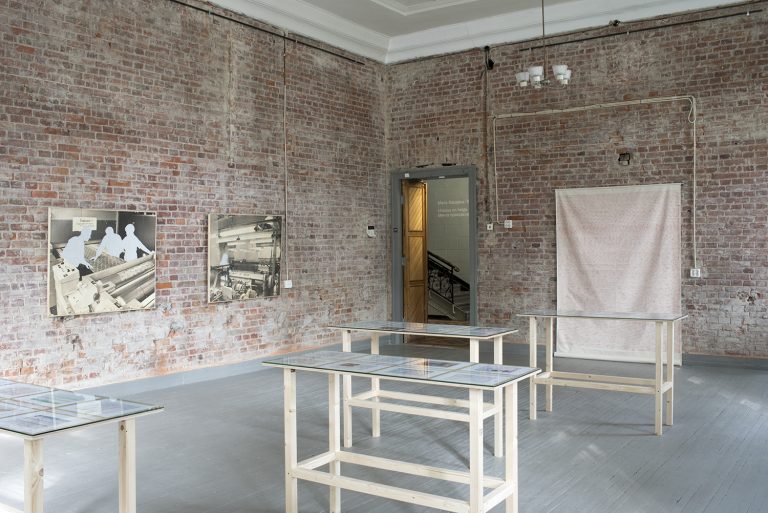
Maria Kapajeva:
I am not sure what this question is meant to be about. Noticed by whom? By gatekeepers, large institutions, or the young generation of artists? Trends are often created by both groups via different channels. I don’t think any artist should aim to be in trend or follow it to get noticed, as you will always end up being late. I think it is more important to find the techniques, subjects, materials you enjoy working with and exploring. I think the current opportunities for artists are incredible, starting from still-accessible old craft techniques to high-tech processes. So, it is up to everyone what to choose – the choice is rather overwhelmingly exciting.
Alnis Stakle:
I don’t think it is possible to draw any general conclusions about trends in the entire world of photography, but I do find it slightly sad that photography based in anthropology-like quests is definitely the most practiced and also the most in demand by various institutions. I also think that it is a little prejudiced of representatives of the cultural industries to apply this question only to the field of fine art photography, while this is a very small part of the overall use of the photography medium in society. The most attention is definitely received by various amateur and commercial photography images that reach their audience via social media. If we keep to the conversation about the extremely elitist art photography world, then what clearly dominates is photography appropriating anthropological ideas, as already mentioned above, which in reality does not reveal anything truly anthropological about its alleged subject of research.
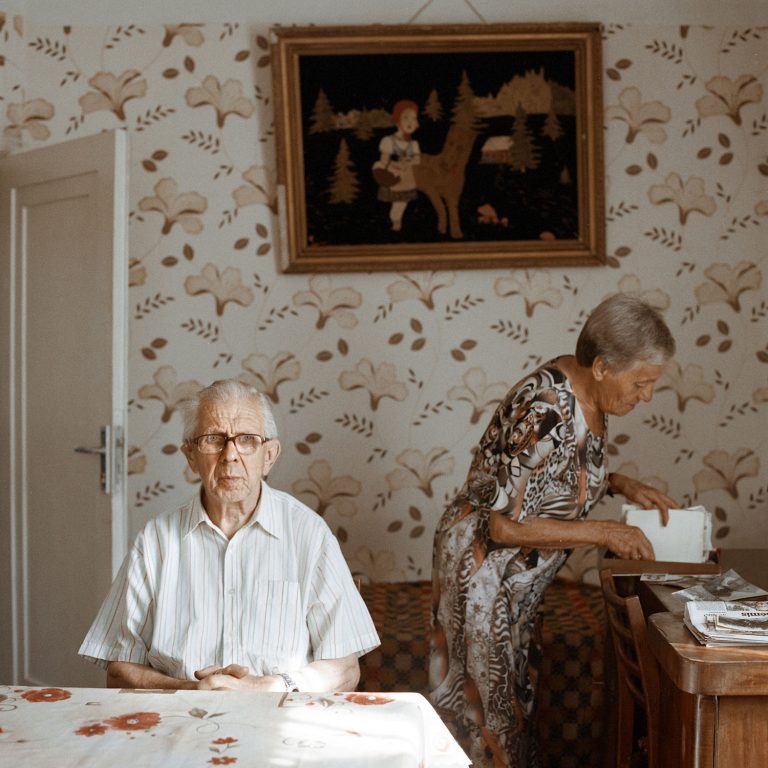
Tadas Kazakevičius:
I believe that it is not some trend that is getting all the viewers’ attention but the passion of the photographer seen in the images. It can be totally documentary work or imaginative storytelling; if it has a powerful idea it can walk a thousand miles. The author needs to find a theme that he or she is very passionate about personally and put their spin on it – the theme can be boring, but the outcome might surprise even the author himself as it can become a unique view on it. And sometimes these stories can be just round the corner. You do not need to travel far.
Dragana Jurisic:
I really do not know much about trends. They come and go so quickly. The stuff that looks good on Instagram often does not translate well into print and vice versa. I think trends are best left in the realm of social media. Also, making work that looks ‘on trend’ might bring you short-term attention, but it is a recipe for long-term failure.
Andrew Miksys:
I don’t think photographers should pay attention to what’s trendy or what galleries and museums are showing. This is a huge mistake. Just keep working and make projects that are important to you. This is the only thing that works and how you can make your own space and style. Otherwise you’re just making stuff for other people or what they think is important. The longer I work, the more I think this is true. You might not get noticed right away. But good curators, editors, and publishers will find you if you stick to your guns.

